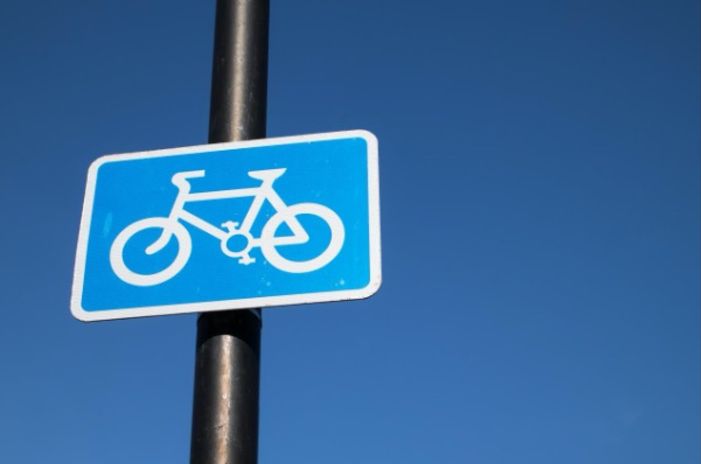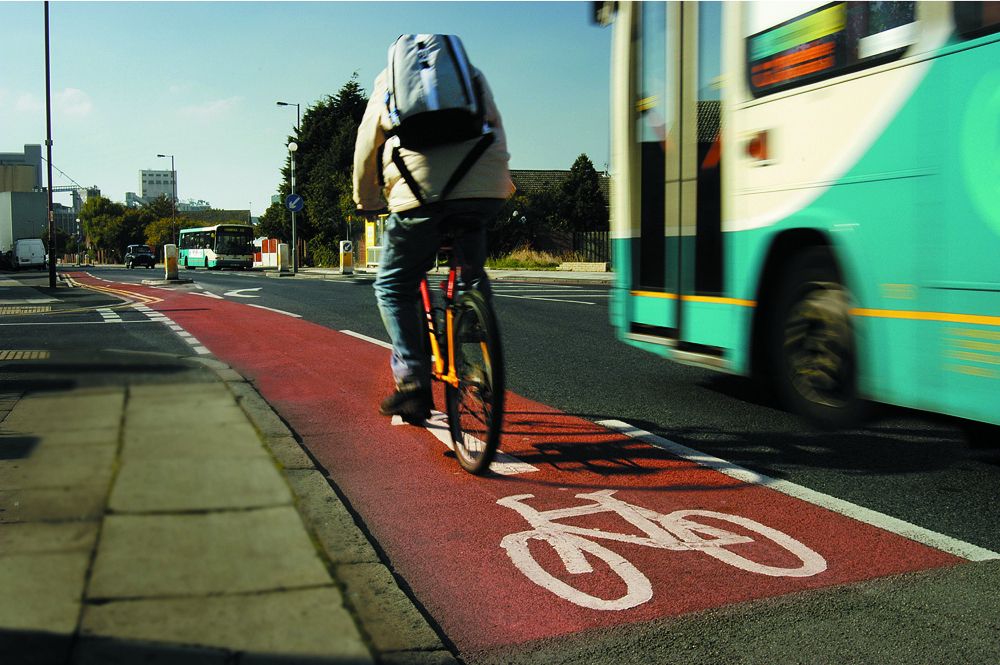The UK Government recently published the results of a consultation that ran from 30 July 2020 to 30 October 2020 regarding proposed changes to the Highway Code. The proposed changes are designed improve the safety of the most vulnerable road user groups.
The consultation document posed a series of questions about the proposals, which covered the following three changes:
- Introducing a hierarchy of road users to ensure those who can do the greatest harm have the greatest responsibility to reduce the danger or threat they may pose to others
- Clarifying existing rules on pedestrian priority on pavements and that drivers and riders should give way to pedestrians crossing or waiting to cross the road
- Establishing guidance on safe passing distances and speeds when overtaking cyclists or horse riders, and ensuring they have priority at junctions when travelling straight ahead.
The majority of respondents to the consultation were in favour of all the changes proposed, believing that they would improve safety for cyclists, pedestrians and horse riders. They welcomed the timing of the changes as more people embrace alternative modes of transport, with cycling and walking on the increase.
Following the Government announcement, IAM RoadSmart, the UK’s largest independent road safety charity, is warning road users, to be patient and cautious when it comes to the proposed changes. The charity stresses that while changes are coming, they are not here yet. It reminds road users to be mindful of the current rules that will apply for the foreseeable future, and not confuse the proposed changes with the Department for Transport’s recently announced Summer of Cycling campaign.

“The Department for Transport’s proposed changes to the Highway Code have been designed to improve road safety for cyclists, pedestrians, and horse riders,” explains Rebecca Ashton, head of policy and research at IAM RoadSmart. “However, they need to be explained properly to get the desired outcome of increasing safety of the most vulnerable road users. Without a well-funded education programme, we have concerns that the changes could instead increase conflict and potentially reduce the safety of the vulnerable road users the rule changes are intended to protect.”
In a recent survey, conducted by IAM RoadSmart, it was revealed that 71% of drivers and motorcyclists believe the new proposal to give pedestrians priority when turning into and out of junctions, for example, will increase conflict rather than reducing it, with more than half (57%) thinking this will be a significant issue. Almost three quarters (73%) think that the new Highway Code should make it compulsory for cyclists to wear a helmet, in contrast to the proposed Code itself which, while restating the evidence that wearing a cycle helmet reduces the risk of sustaining a head injury in certain circumstances, stops short of making them compulsory.
Meanwhile, 71% of people agree with the general concept that drivers and riders should give motorcyclists, cyclists, horse riders, horse drawn vehicles and pedestrians walking in the road as much room as they would when overtaking a car.

On the new Code’s most controversial suggestions – to establish a hierarchy of road users, where those in charge of the vehicles that can cause the greatest harm should bear the greatest responsibility to take care – the majority (56%) agree that this is the right way forward, but 26% are against and almost one in five (19%) are still to be convinced either way.
The new Code doesn’t suggest any obligation on cyclists to use cycle lanes or tracks when they are present, and a resounding 80% of IAM RoadSmart’s poll respondents believe this is a mistake.
However, some of the proposed changes were met with widespread support, with 63% of those surveyed agreeing with the new advice that when riding a bike on busy roads, when vehicles are moving faster than them, cyclists should move over and allow traffic to overtake them. There is also strong support for every proposal that contains clear guidelines on passing distances, with 78% in favour of the one and a half-metre gap between cyclist and vehicle travelling below 30mph, with a two-metre gap when above 30mph.

And 90% agree with the new Code’s advice that drivers and motorcyclists should give horse riders at least two metres’ space and pass at speeds under 15 mph. Finally, just over half (57%) agree with the new proposal to include the ‘Dutch Reach’ in the Highway Code. This is a technique that advises motorists leaving their vehicles to do so by using their left hand to operate the door handle, allowing the driver to naturally twist their body, making it easier to look over their shoulder and check for cyclists or other road users approaching.
“Regardless of what changes are introduced, it is clear there will be a need for a huge education campaign to ensure any amendments to the Highway Code are understood and fully adopted by the millions of existing UK drivers, motorcyclists and road users,” Ashton continues. “At IAM RoadSmart we believe an online resource to help with this re-education in an engaging way would be helpful. The simple truth is that most of us don’t read the Highway Code unless we drive or ride professionally or are about to take a test. The Department for Transport needs to be realistic about the impact simply changing a seldom read document will have on the behaviour and safety of road users.”
IAM RoadSmart has recently published two pieces of advice on their website for road users to brush up on some of the facts, rules and dispel myths. You can read both articles here.





